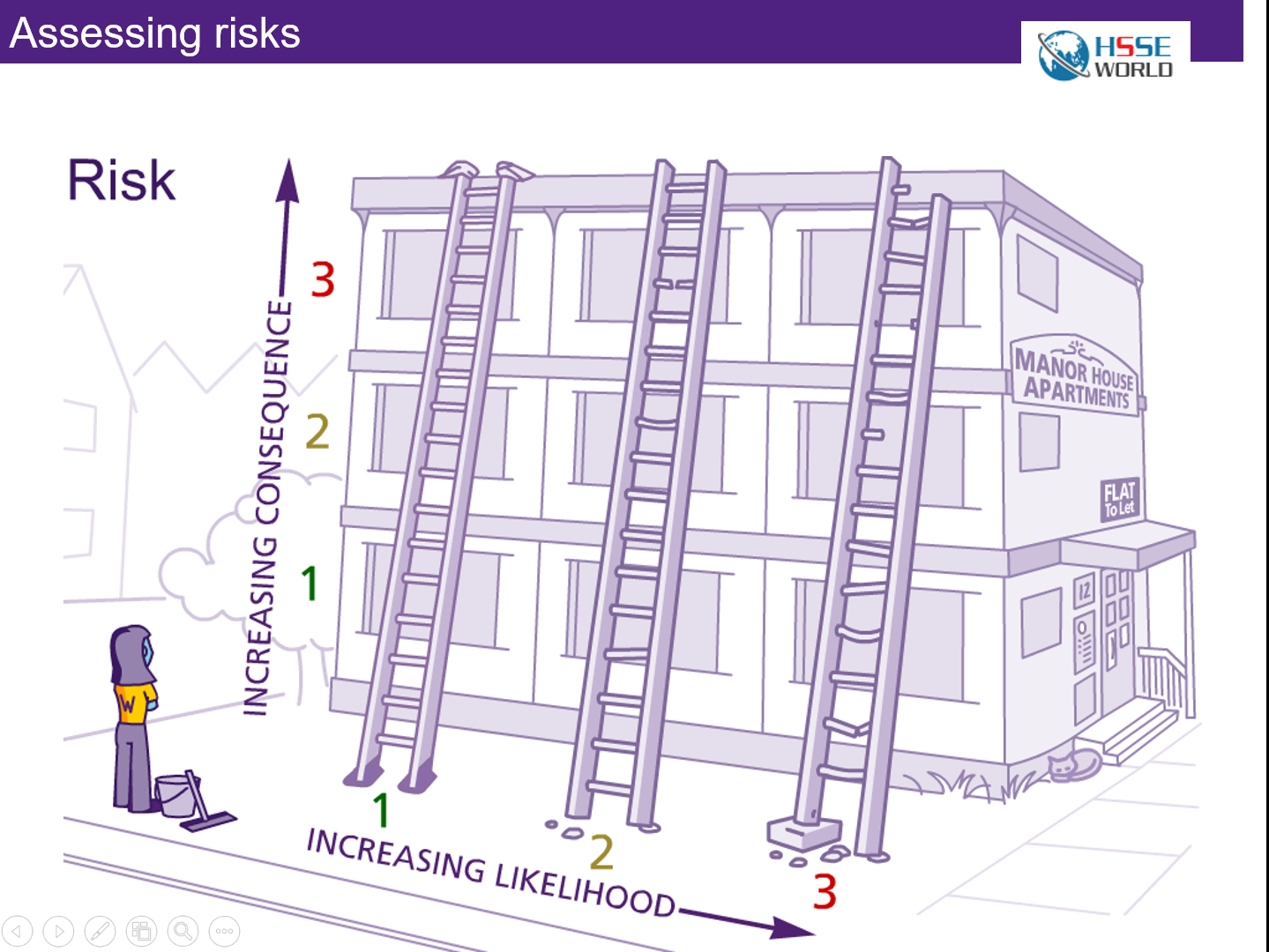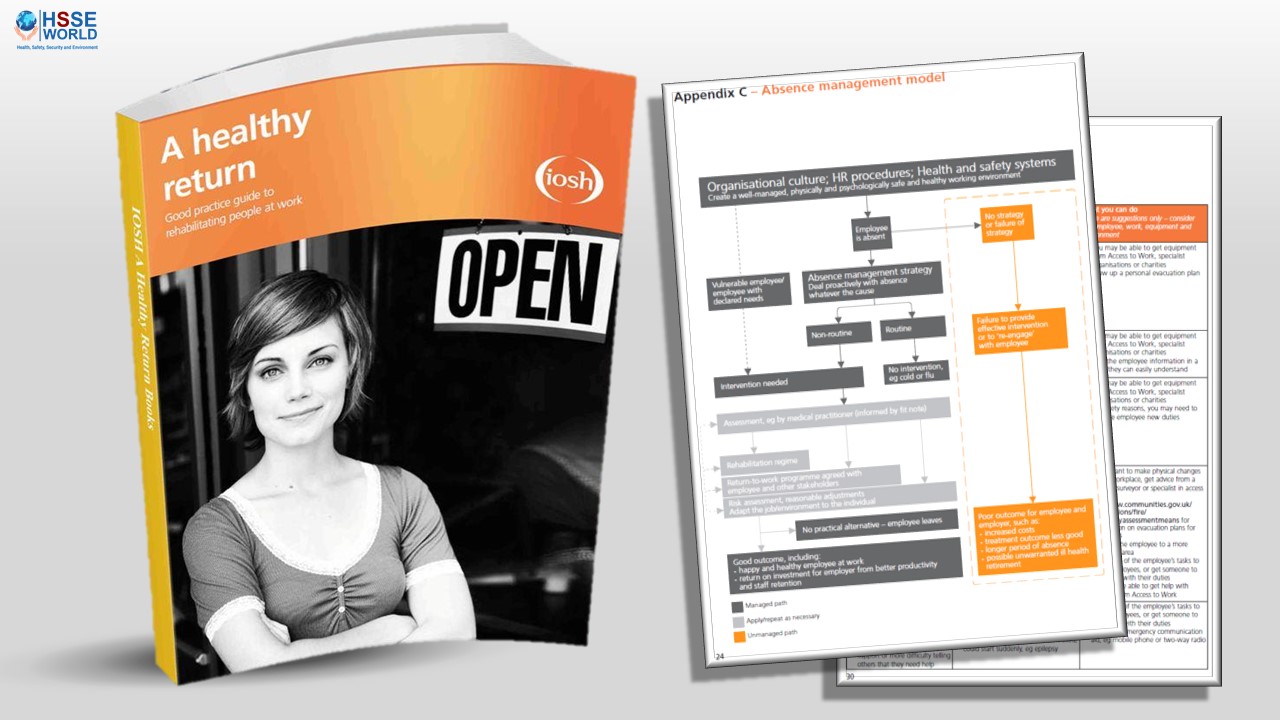Many companies in the industrial and manufacturing sector use contractors on a regular basis. Some facilities will bring them in for occasional work on an as-needed basis. Others have contractors on site daily.
Regardless of how often contractors and subcontractors are on location, host companies will need to take steps to ensure their health and safety.

Why It’s Important to Keep Contractors Safe
There are a number of reasons to keep contractors safe.
Safety should already be a top priority for your company anyway – that includes protecting your own employees, guest and visitors, and contract workers. Host companies should strive for a safe and healthful environment for everyone who steps foot on their job sites.
Contract workers also face a higher risk of workplace injury. According to information from the Bureau of Labor Statistics, the number of fatalities among contract workers has continued to rise since 2011. In 2015 alone, there were 829 fatalities among contractors.
- Lack of supervision
- Unfamiliar surroundings
- Increased number of workers and activity on the worksite
- Hazards typically associated with contractor work (such as construction site hazards)
And finally, host companies should want to keep their contractors safe in order to avoid costly litigation and legal responsibilities. Depending on the circumstances at hand, host companies may be held liable for contractor deaths and injuries that occurred at their facilities. They may also be subject to fines and penalties from OSHA and other governing bodies. Worker’s compensation and insurance rates can also be negatively affected.
Ensuring jobsite safety for contractors also keeps the project running smoothly and on time. Injured workers can add to the overall cost and timeline of a project.
The reasons for the increased risk of injury among contractors is still being studied, but some potential explanations include:
What You Should Know Before Hiring a Contractor
When a contracting company submits a bid to work at your facility, it’s important to take more than just the cost into consideration.
Specifically, you’ll want to take a closer look at the contracting company’s safety record. If the contractor has a history of non-compliance, you’re exposing yourself to a greater risk of injuries, citations, and legal conflicts.
You should also take a closer look at their company’s overall health and safety program. Do they have written policies and procedures that comply with OSHA regulations? Do they have a safety professional on their payroll?
By investigating these aspects of the contracting companies you’re considering hiring, you can gain a lot of insight into how they prioritize safety.
Protecting Contractors at Your Facility
In addition to the suggestions listed above, there are several things you can do as the host company before, during, and after contractors conduct any work at your facility.
Before the Contractors Arrive
- Have a pre-construction meeting with key representatives from both companies to discuss how the work will be carried out safely
- Request that the contractor submit their company’s overall safety plan
- Request that the contractor submit any relevant written programs, such as their LOTO policy
- Require all contractor workers watch an orientation video or sit through your company’s specific safety training
- Include in the contact language that all contract workers are to comply with your company’s safety rules, along with all applicable federal and state regulations
- Contractor management software can simplify and streamline the contractor induction process by collecting details from the contractors and delivering any required information and courses to them
While the Contractors Are on Site
- Have a company representative visit their work area, monitor their activity, and inform contractors if they are working unsafely
- Exercise the right to stop work if unsafe conditions or activities are identified
- Request or require an invitation to the contractor’s daily/weekly safety toolbox talks
- Request or require a contractor representative be present at your own daily/weekly safety toolbox talks
- Software solutions can ensure that the contractor’s insurance policies are up to date as well as track contractor location and manage their access to certain areas of the worksite
After the Contractors Finish the Job
- Ask contractors to provide feedback about their experience on site in regards to environmental health and safety
- Have a debriefing meeting with company representatives from both sides to discuss what went well and where things could improve
Legal Responsibilities and Ownership of Safety
Who has the ultimate legal responsibility for protecting contractors on the jobsite? The host company? The contracting company? What about situations when there is a host, contractor, and a subcontractor?
The truth is that the legal responsibility is going to vary based on the specific situation.
When contract workers do become injured on the job, companies will often play the blame game and try to point the finger at somebody else.
In terms of litigation and liability, it will often come down to the court’s decision on who is responsible for health and safety of the contract worker for that particular case. It could end up being a combination of all those involved, or it could come down to the responsibility of a single company.
This is why host companies and contracting companies alike should take the health and safety of all workers seriously, and do everything they can to protect employees.
OSHA is not concerned with tort liability, but they can get involved and issue citations and penalties. Again, these may be directed at either the host company, the contracting company, or a combination of both.
The Risks and Responsibilities of Hiring Contractors
Ultimately, safety is everyone’s responsibility. From the worker, to the contracting company, to the host facility. We all need to take part in ensuring the health and safety of those around us.
If we can come together and develop a thoughtful approach to protecting workers everybody wins.



